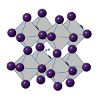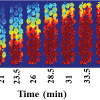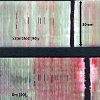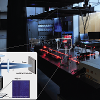Energy Materials

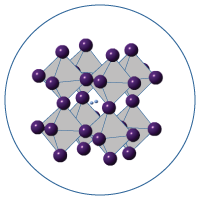
Energy materials development efforts within ERI include innovative ceramic processing for solid oxide fuel cells and electrochemical devices, templated carbon-based materials for energy storage, coatings for high temperature corrosion resistance, biodegradable and bio-derived polymers and composites for sustainable material and energy product lifecycles, and carbon fiber composite materials for energy applications. Characterization techniques to understand materials mechanisms and performance include high temperature (750 C and higher) Raman spectroscopy from metal and metal oxide surfaces, ultrafast laser spectroscopy to investigate photochemistry and transport processes that occur on length scales between 10 nm and 10 um, synchrotron based x-ray techniques, and magnetic resonance techniques.
Researchers
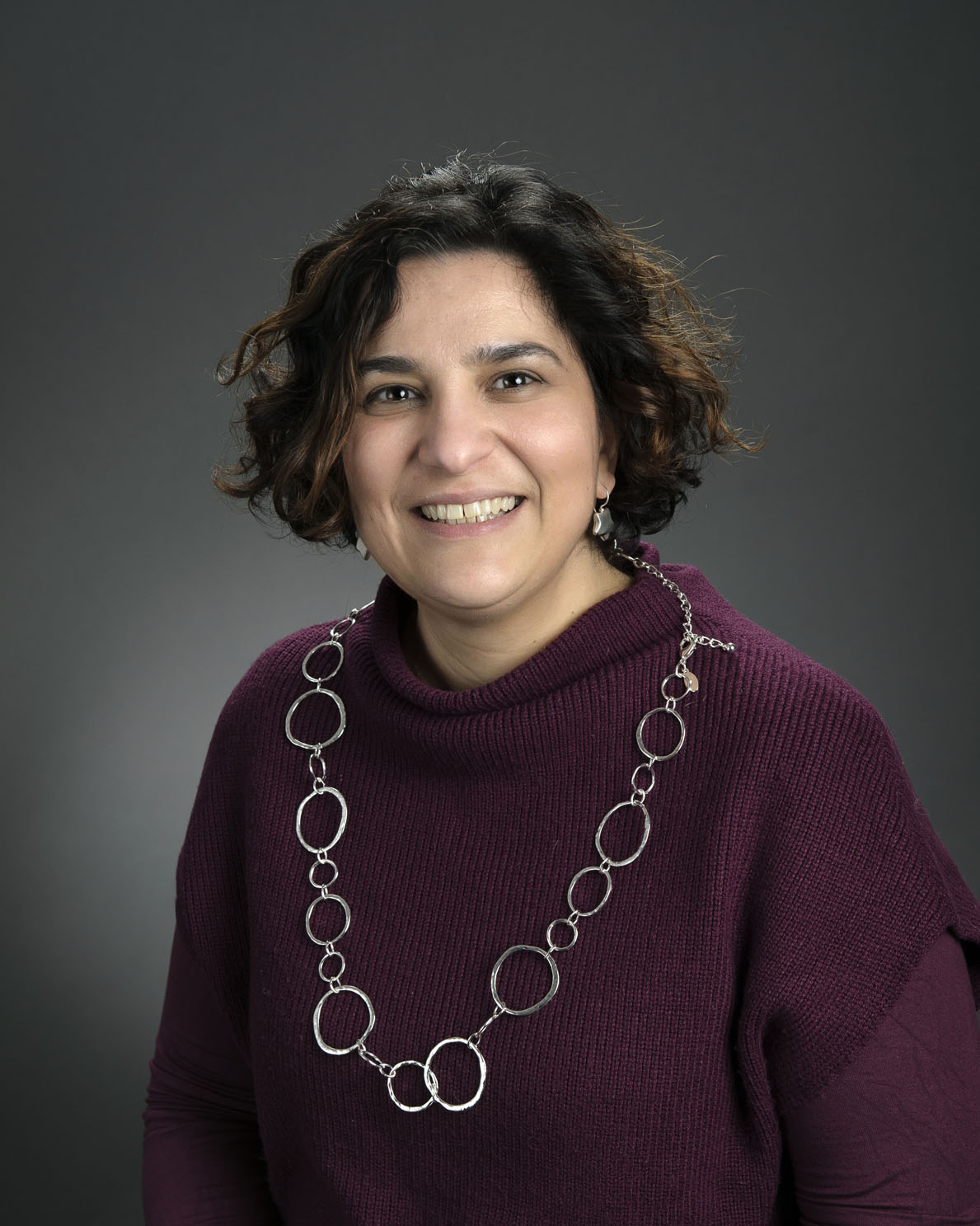
Roberta Amendola is an assistant professor in the Mechanical and Industrial Engineering Department. Dr. Amendola’s research focuses on both fundamental and applied research into materials degradation and durability in extreme environments (e.g. high temperature, anoxic and anaerobic environment, the presence of stresses) for energy, power, and propulsion. Her research activities involve examining the relationship between microstructure and materials properties. Current research interests include high-temperature corrosion and prevention of metallic alloys for solid oxide fuel cell interconnect applications, development of a protective coating for high-efficiency turbine application, biocorrosion in petroleum systems, and development of high strength ceramic for anode supported solid oxide fuel cells.
Dr. Amendola can be reached at 406-994-6296 or roberta.amendola@montana.edu.
Website: http://www.montana.edu/ramendola/

Recep Avci is a research professor in the Physics Department and is the Director of the Imaging and Chemical Analysis Laboratory (ICAL). ICAL was established to promote interdisciplinary collaboration in research, education, and industry, and to strengthen existing cooperation between the physical, biological, and engineering sciences by providing critically needed analytical facilities. At present there are seven complimentary microanalytical systems in the laboratory. ICAL researchers are currently participating in numerous exciting research areas which include: nanoscale imaging, microbial adhesion, force spectroscopy, nano elasticity, bioprobe development, surface functionalization, and laser activated atom migration.
Dr. Avci can be reached at 406-994-4199 or avci@montana.edu.
Website: http://www.physics.montana.edu/people/faculty/avci-recep.html

Dr. Dilpreet Bajwa is a Professor and Head of the Mechanical and Industrial Engineering Department. Prior to joining the academia, he worked in the engineered fiber/polymer composites industry (International Paper, Masonite Corp., Greenland Composites) for 12 yrs. in various Research and Development leadership roles. Before joining MSU he was Professor at North Dakota State University and served as an Adjunct Professor in the Department of Agriculture and Biological Engineering at the University of Arkansas, Fayetteville, AR. He graduated from University of Illinois at Urbana-Champaign with M.S and Ph.D. in Wood Science and Engineering. His current professional interests include development of novel sustainable, multifunctional materials from renewable feedstocks and agricultural byproducts, nanocellulosic materials for developing safe fire-retardant systems and thermochemical energy storage materials, solid biofuels, processing and characterization of carbon and natural fiber composites. He is an Editor-in-Chief of Industrial Crops and Products Journal. His research is funded by USDA, NIST, DOE and US Army. Dr. Bajwa has authored over 91 peer-reviewed papers, technical articles in various journals, books and holds a patent.
Dr. Bajwa can be reached at 406-994-6783 or dilpreet.bajwa@montana.edu.
Website: https://www.montana.edu/mie/directory/2216563/dilpreet-bajwa
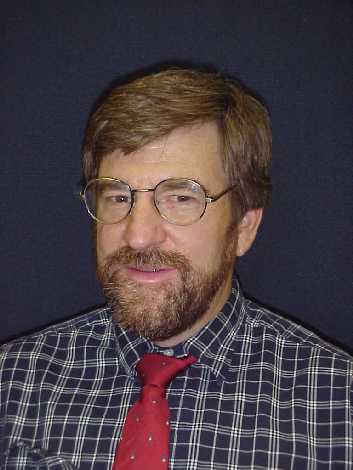
Doug Cairns is a professor in the Mechanical and Industrial Engineering Department and studies composite materials used in primary structures. This research includes developing materials and manufacturing processes, as well as design, analysis and testing. He is currently working on manufacturing and testing new materials for wind turbine blade structures.
Dr. Cairns can be reached at 406-994-6050 or dcairns@montana.edu.
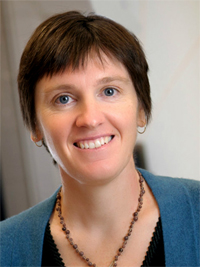
Sarah Codd is a professor in the Mechanical and Industrial Engineering Department. She is also the co-director of the Magnetic Resonance Lab. Magnetic Resonance Imaging (MRI) is a noninvasive experimental technique which has found broad application in clinical medicine and is a maturing method for studies in engineering and physics. Our group uses instruments that allow MRI to be applied with a resolution of 10 µm over 10 mm diameter samples. MRI applied on this scale requires more sample specific tailoring of the pulse sequences and is more often termed Magnetic Resonance Microscopy (MRM) to distinguish it from medical scale imaging.
Dr. Codd can be reached at 406-994-1944 or scodd@montana.edu.
Website: http://www.montana.edu/mrm/codd.html
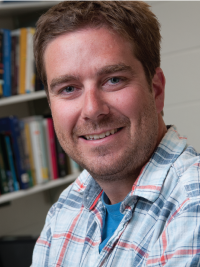
Paul Gannon is an associate professor in the Chemical and Biological Engineering Department and manages MSU's high temperature corrosion and corrosion protection laboratory. There, Dr. Gannon develops protective surface coatings to prevent corrosion on metallic components that are vital to solid oxide fuel cell systems and many other high-temperature energy conversion devices.
Dr. Gannon can be reached at 406-994-7380 or pgannon@coe.montana.edu.
Website: http://www.chbe.montana.edu/sofc/People/Gannon.html
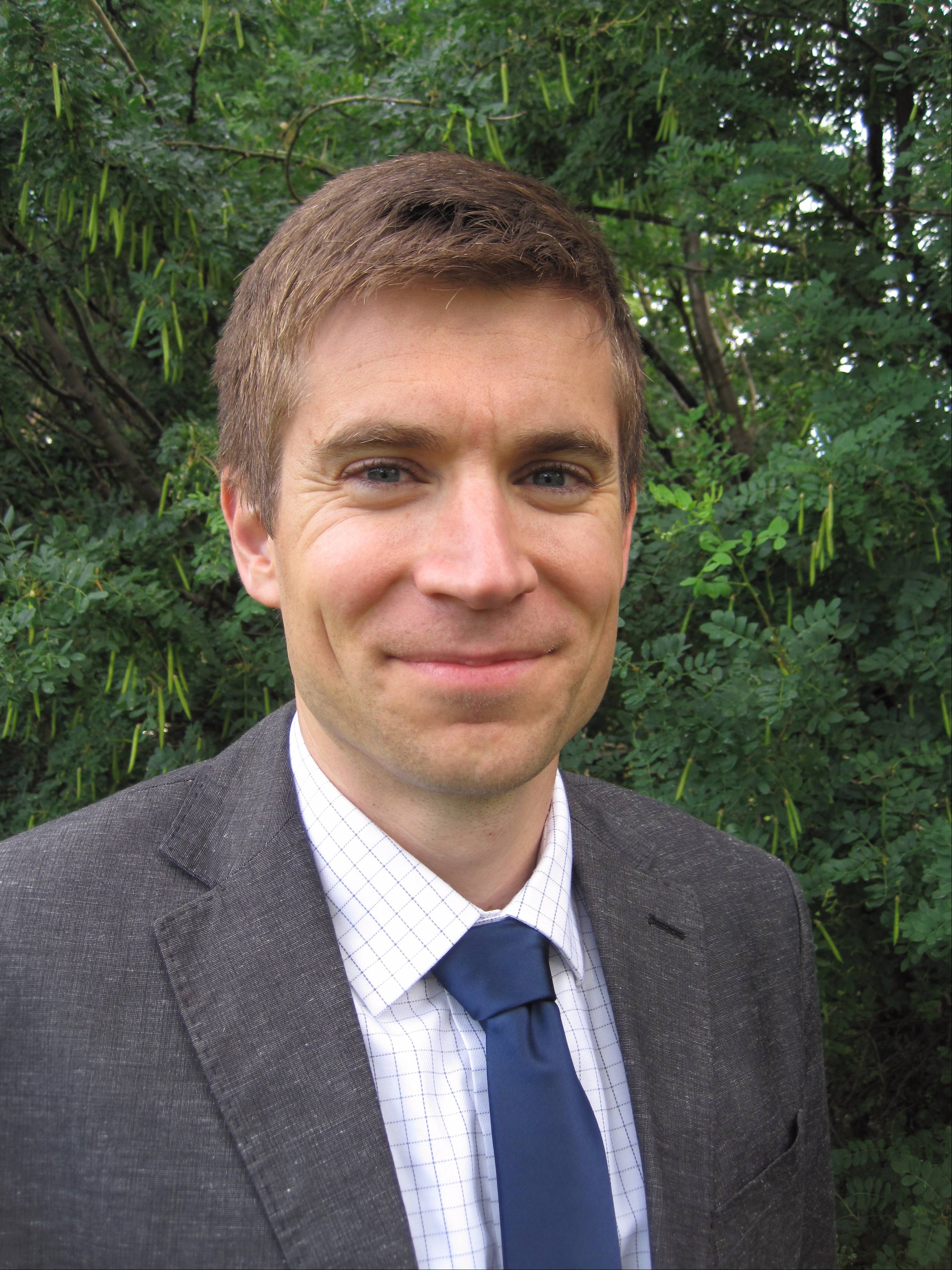
Erick Grumstrup is an assistant professor in the Materials Science Department. Research in the Grumstrup group operates at the intersection of materials science and advanced spectroscopy, where they aim to address challenges associated with next-generation photovoltaic materials, nanoscale electronics, and heterogeneous catalysis. The group is particularly interested in photochemistry and transport processes that occur on length scales between 10 nm and 10 um, where defects, proximity to surfaces, interfacial regions, and changes in morphology are critical determiners of functionality. To characterize this “mesoscale” region, they develop and utilize nonlinear optical microscopies with femtosecond (~10(-15) second) temporal resolution and sub-micron (10(-6) meter) spatial resolution that allows them to watch non-equilibrium dynamics as they evolve in both space and time. They ultimately seek to understand fundamental questions of material functionality: How does charge separation occur in bulk heterojunction solar cells? Where are the active sites on nanostructured catalysts? How does electron mobility change at the interface of two material domains? Questions like these guide the Grumstrup group as they tackle problems in materials science, interfacial chemistry, nanoscience, and optics.
Dr. Grumstrup can be reached at 406-994-2988 or erik.grumstrup@montana.edu.
Website: http://www.chemistry.montana.edu/people/grumstrup-erik.html
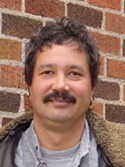
Yves Idzerda is a professor in the physics department. He researches high-performance, low-cost solid oxide fuel cells. He focuses on the places in fuel cells where different materials meet the "interfaces." These areas can degrade during fuel cell operation, which reduces the cell's performance and life-span. Dr. Idzerda uses X-rays to probe the interface material and find the causes of degradation, which he hopes will ultimately lead to more reliable sources of clean energy.
Dr. Idzerda can be reached at 406-994-7838 or at idzerda@physics.montana.edu.
Website: http://www.physics.montana.edu/people/faculty/idzerda-yves.html

Dr. Ryan can be reached at 406-994-7272 or cecily.ryan@montana.edu.
Website: http://www.montana.edu/cryan/index.html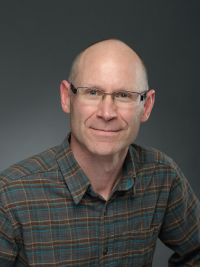
Dr. Stephen Sofie is assistant professor in the Mechanical & Industrial Engineering Department. Metal electro-catalysts represent the standard for high performance, low cost high temperature fuel cell electrodes. Moving towards solution infiltrated catalysts to achieve nano-scale (10-80 nm), high surface area electro-catalyst coverage, yields some detriment to the use of nano-metallic catalysts. Thermodynamic degradation and hence coarsening of fine catalyst particles can lead to catalyst attrition and performance drops, ultimately limiting the long term stability of these nano-scale materials at temperatures up to 900C. Research activities are examining novel approaches to stabilizing nano-metal catalysts by the incorporation of tailored secondary phases at the catalyst/support interface to mitigate degradation by physically binding the catalyst. Mixtures of aluminum and titanium oxides have been shown to react in-situ to fuel cell electrolyte materials forming complex functional oxides that dramatically enhance fuel cell electrode longevity.
Dr. Sofie can be reached at 406-599-4481 or ssofie@montana.edu.
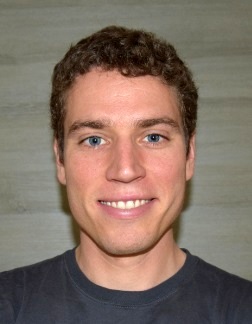
Nicholas Stadie is an assistant professor in the Chemistry and Biochemistry Department. The Stadie group explores new synthesis routes toward structurally and chemically tunable carbon-based materials with a chief interest in their application for energy storage. The group’s interests are in both electrochemical energy storage (e.g., porous carbon-based batteries) and gas storage (e.g., in adsorbed phases of hydrogen or methane under high pressures), as well as gas separations and catalysis. Contributing fundamental insights into gas adsorption phenomena at the solid interface is also a goal of the group’s work, using simple thermodynamics and statistical mechanics models.
Dr. Stadie can be reached at 406-994-7931 or nicholas.stadie@montana.edu.
Website: http://www.montana.edu/stadiegroup/

Robert Walker is a professor in the Materials Science Department. He is also the Materials Science Program Director. His group develops and utilizes optical methods to study chemical structure, organization, and reactivity at surfaces. While the systems studied are diverse and far ranging, their goal is always the same: work hard to understand how asymmetric forces found at surfaces alter interfacial chemistry from bulk material limits. Projects currently underway fall into two general categories: (1) solvation at liquid surfaces and (2) high temperature surface chemistry in electrochemical devices.
Dr. Walker can be reached at 406-994-7928 or rawalker@montana.edu.
Website: http://www.chemistry.montana.edu/people/walker-rob.html

